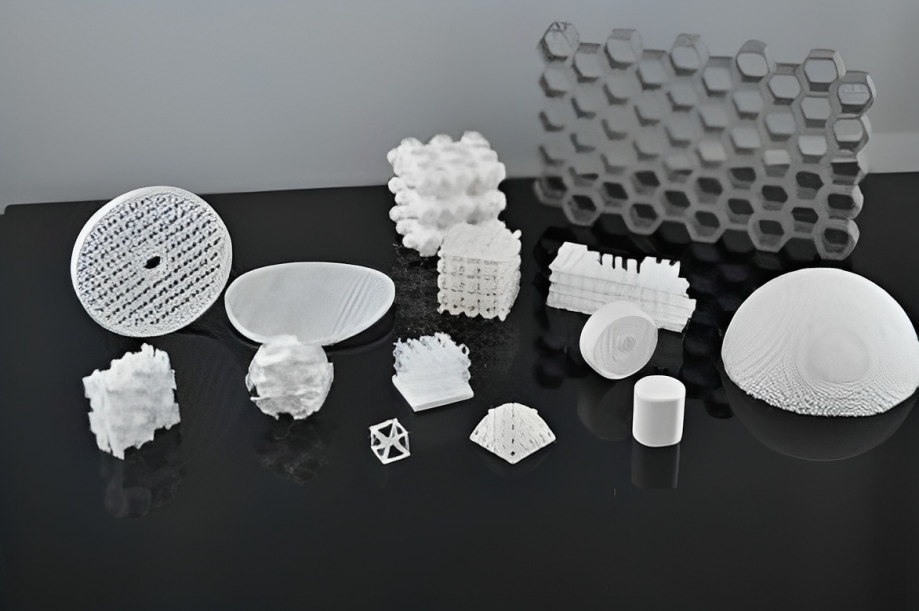Most ceramic shaping techniques require a mold or tooling, so the mold fabrication step is challenging, expensive, and time-consuming when it comes to producing complex shapes. 3D Printing offers a relevant alternative for both prototyping and production.
Additive manufacturing or prototyping devices based on six methods(photolithography, laser fusion, lamination, extrusion, Fused Filament Fabrication, and inkjet printing ) have been initially developed for polymers and metals. Still, the need for functional materials quickly led research to work on applications with metals and ceramics.
Application of Stereolithography for Technical Ceramics
Additive ceramics manufacturing employs various technologies, but let’s focus first on Polymerisation.
Photopolymerization
Stereolithography uses a photopolymerization process, which involves projecting a representation of the layer to be printed onto the build platform via a laser. Stereolithography or S.L.A. is called a top-down process – the laser is situated above the V.A.T. the machine operates on the classic principle of layer-by-layer object construction. Layers of ceramic material are spread using a scraper, and one or more lasers then polymerize the points of the layer to be solidified.
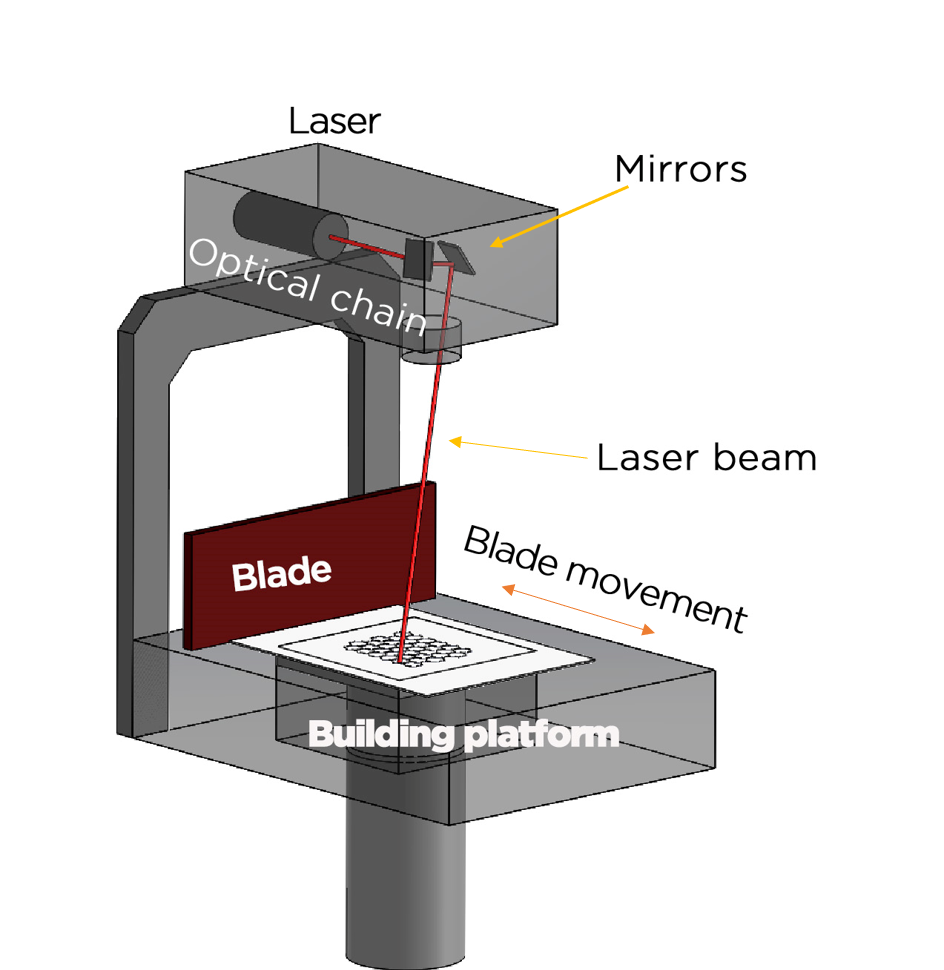
The main advantages of this technology are:
- No interlayer defects
- There is little interaction between the atmosphere and the polymerizing slurry.
- There are few to no supports, resulting in significant time savings in post-processing and ensuring the elimination of potential defects.
- Homogeneous U.V. treatment across the entire print surface
- Suspension stability, as it can work with suspensions of varying viscosities
The technique known as stereolithography is particularly well-suited for 3D printing ceramics. This process involves formulations composed of ceramic powders mixed with photosensitive resin, which has the advantage of being able to print a wide range of ceramics. This technology (stereolithography) enables the production of parts with the same qualities as those manufactured using conventional techniques like pressing, molding, or injection. In other words, the final material exhibits the same properties in terms of mechanical strength, thermal stability, hardness, chemical durability, and electrical/optical/magnetic and thermal conductivity. Additionally, the shaping process through stereolithography preserves the material’s inherent properties and introduces no constraints.
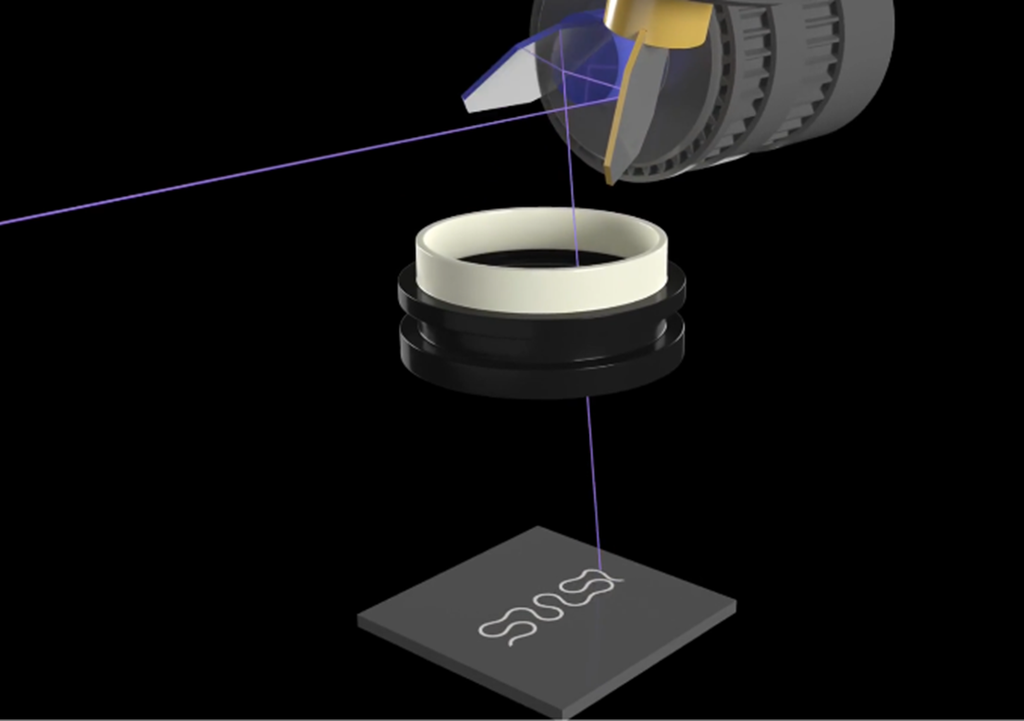
Stereolithography offers several advantages, including the ability to work on large surfaces in x, y, and z dimensions and print with no or very few attached supports, simplifying and reducing the parts’ cleaning time.
Preparation of Ceramic Slurry
The preparation of the suspension is paramount to obtaining homogeneous and dense ceramic pieces. Various components are mixed to achieve a formulation with the required properties. The different components are mixed using specific tools to achieve homogeneity, resulting in a ready-to-print formulation. The formulation must be very homogeneous and applied in thin layers to achieve perfect
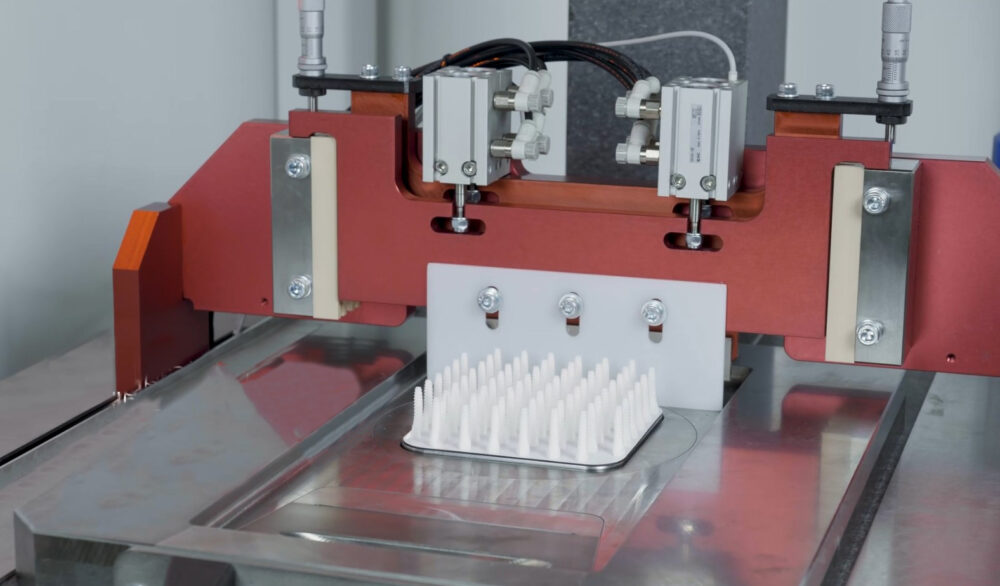
polymerization, facilitating the de-binding and sintering steps for a crack-free, fully-fired piece with all the required properties.
Choice of materials
The choice of ceramic is a significant part of the 3D printing process and is closely connected to the final properties of parts we look for. There are some essential points that the manufacturers must take into account when deciding on which ceramic to use:
- The mechanical properties: strength, stiffness, hardness, wear resistance
- The thermal properties: thermal conductivity, resistance to thermal shocks, C.T.E.
- The chemical inertness or compatibility of ceramic materials in contact with the fluids or gases
- The electrical properties: electrical insulation and resistivity, ionic, oxygen-ionic conductivity.
Ceramic 3D Printing portfolio
Alumina (AI203)
Used more often than any other advanced ceramics. Excellent mechanical resistance, electrical resistance, high hardness, corrosion and wear resistance, high operating temperature, and chemical and bio-inert.
Zirconia (ZrO2)
Helpful in surgical instrumentation and odontology prosthesis (crowns and bridges), porous coating dentistry: material with excellent mechanical properties, great hardness, good wear resistance, and corrosion resistance.
Silicon Nitride
One of the hardest and most thermally resistant ceramics.
The main characteristics of silicon nitride are low density, excellent resistance to thermal shock, excellent resistance to wear, and low thermal expansion coefficient.
Cordierite
Cordierite is a magnesium alumina silicate with the chemical formula 2MgO.2Al2O3. 5SiO2 Cordierite can be used due to its low thermal conductivity and expansion coefficient, heat resistance, and dielectric loss.
Aluminium Nitride
The main characteristics of aluminum nitride are high thermal resistance, excellent electrical insulation, and good mechanical strength. The main application of this material is the electronic industry.
Zirconia 8Y
This material has excellent ionic conductivity and heat insulation properties. The main application of this ceramic material is the manufacturing of solid fuel cells.
Manufacturing Ceramic Parts
For medical applications, we have developed a photosensitive formulation based on ceramic powder, specifically calcium phosphates (H.A.P. Hydroxyapatite or TCP), to print bone substitutes. H.A.P. is used for implants in neurosurgery (cranial implants) with controlled porosity. TCP is used for tibial osteotomy wedges or bone regeneration applications in dentistry.
Other formulations have been developed, particularly for investment casting with different specifications: microstructural porosity obtained through firing, a removable material that doesn’t react with the cast alloy but maintains its shape during casting.
In the aerospace field, Si3N4 is highly favored. It’s one of the hardest ceramics and offers high mechanical strength at high temperatures, making it a prime ceramic choice for high-performance requirements such as space applications.
For the past 20 years, we have been developing the stereolithography 3D printing process. The choice of this technology was intentional to offer mass-production capable machines. The C3600 Ultimate offers a printing platform of 600600300 mm. It’s currently the only 3D Printer on the market with such a production area for mass customization.
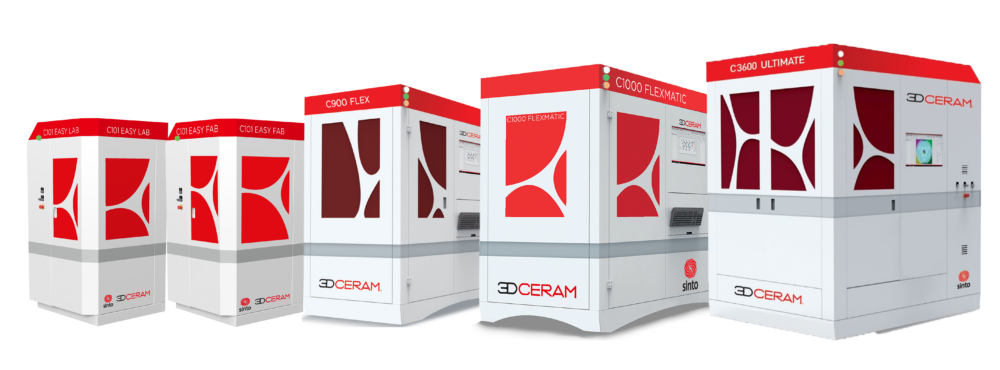
The M.A.T. (Multi Additive Technology) is a new machine that works with several 3D technologies in the SAME equipment. These technologies can be either supplied by 3DCeram or by customers. The M.A.T.’s build platform is 200*200 mm and a z axe of 200 mm, and its moving system “core X.Y.” assures accuracy and stability. The machine has a high-performance extrusion system to prevent filament breakage and offer precise guidance. This is why the choice to embed a cooling system has been made to get the most reliable print efficiency. 3D Printing is done in a heated chamber to enable the Printing of materials with high melting temperatures. The machine has a reinforced structure to add heavy tools and many other features to usher in the next generation of manufacturing. The M.A.T. has been designed as a versatile, accurate, and robust 3D tool for research centers that want to develop new materials or new 3D technologies in-house.
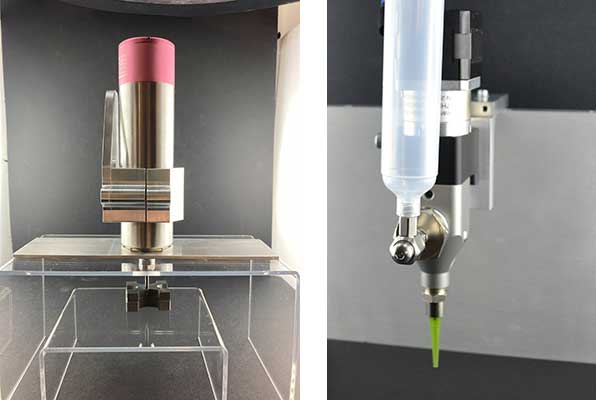
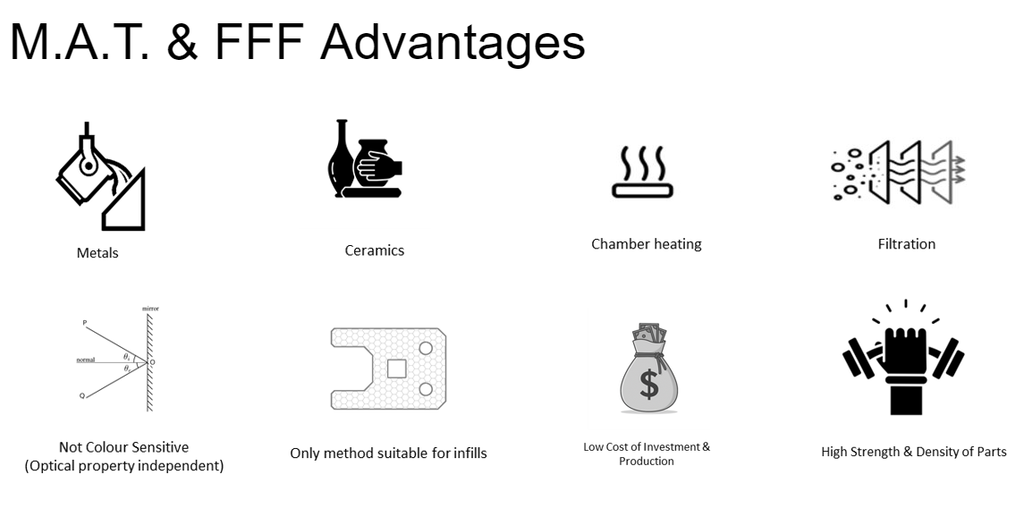
Conclusion
3D Printing opens up numerous possibilities, especially for producing ceramic parts with impossible geometries through other methods. It’s a technology that complements other manufacturing processes. The development of ceramic 3D Printing can continue as a true printing technology only if it can achieve part quality similar to those produced by other well-established industrial methods. The photopolymerization technology, primarily S.L.A., makes this possible. In addition, it allows for big build platforms, which is a prerequisite to stepping into industrial mass customization.
About Shree Rapid Technologies (SRT)
Shree Rapid Technologies (SRT) is a pioneer in 3D Printing Technology and incorporated in 2007. They are specialized in cutting-edge technology into 3D Printing, 3D Scanning and Measurement that enables us to design, validate and create precise and intricate 3D prototypes and end use parts. They cater to variety of applications in multiple industries line Aerospace, Automotives, Bio Printing, Dental, Jewellery, Machine Tooling, Medical Devices, Service Bureaus, etc.
Their state-of-the-art Customer Innovation Center (CIC) is laced with advanced 3D Printers, 3D Scanners, Metrology and Inspection.
To visit the experience center or any other query kindly mail at : [email protected]
Contact Number: (+91) 7208843624 / 022-67415403
To Know more visit: https://www.shreerapid.com/
Subscribe to AM Chronicle Newsletter to stay connected: https://bit.ly/3fBZ1mP
Follow us on LinkedIn: https://bit.ly/3IjhrFq
Visit for more interesting content on additive manufacturing: https://amchronicle.com

